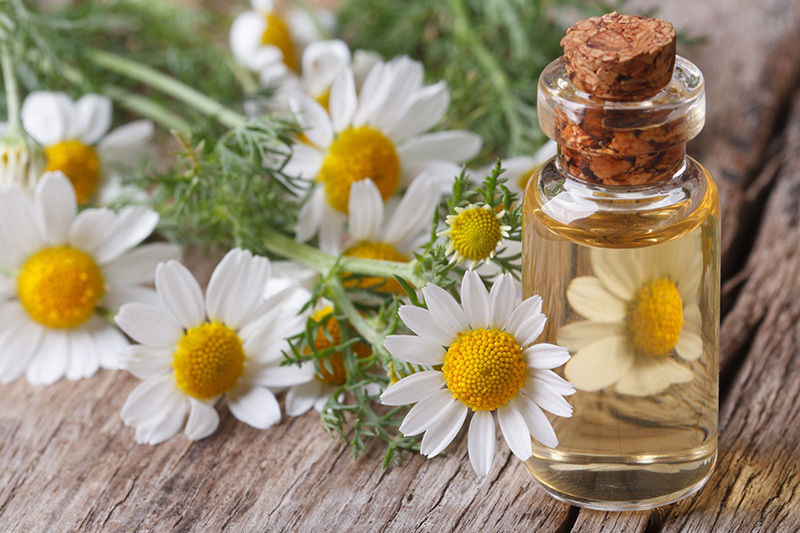In recent years, the world has witnessed a surprise renaissance of honeybees in urban environments. This resurgence is largely credited to the unexpected ubiquity and variety of urban flora, which has provided a new type of oasis for our honeybee heroes. As cities evolve, so too does the intricate balance of ecosystems within them. In this article, we delve into the fascinating synergy between cityscapes and bee populations, and explore how flora in urban areas is supporting the survival and prosperity of honeybees.
The Rise of Urban Beekeeping
Urban beekeeping has surged as enthusiasts and researchers seek to both support bee populations and reconnect city dwellers with nature. Cities such as New York, London, and Paris have seen a marked increase in the number of rooftop and community gardens, which are now home to countless hives. You might wonder, what fuels this rise? The answer is as varied as it is intriguing:
- Sustainability Practices: With a growing focus on green living, urban planning now frequently includes green spaces, gardens, and parks.
- Supportive Legislation: Many cities have relaxed regulations and provided incentives for urban beekeeping, fostering a beekeeping-friendly environment.
- Community Engagement: Beekeeping workshops and clubs encourage participation and educate the public on the importance of pollinators.

Urban Flora and Honeybee Health
The diversity and abundance of urban plants create a veritable buffet for honeybees. Unlike agricultural areas dominated by monocultures, the urban landscape often hosts a wide array of flowering plants. Here's how urban flora is aiding bee populations:
Diversity of Forage
Urban areas typically feature a mix of native and non-native plant species. This botanical diversity provides balanced nutrition for bees, which is essential for larval development and overall hive health. Flowering plants produce nectar and pollen that vary in nutritional content, which ensures that bees receive a well-rounded diet.
Extended Blooming Periods
Many urban environments experience an extended flowering season due to favorable microclimates. This prolonged availability of floral resources allows bees to gather food over a longer period, contributing to the sustainability of the hive.
Respite from Pesticides
While pesticide use in agriculture significantly impacts bee populations, urban settings can offer relative sanctuary. Many city dwellers opt for organic gardening practices, reducing toxic exposure and improving the chances of bee survival.
Challenges and Considerations
Despite the numerous benefits, urban environments pose unique challenges for our buzzing champions:
- Habitat Fragmentation: While cities do provide pockets of greenery, these areas can be fragmented, making it difficult for bees to travel and forage efficiently.
- Urban Heat Islands: The concentration of concrete and asphalt can lead to elevated temperatures, which may affect bee behavior and physiology.
- Pollutants and Air Quality: Bees in cities may still encounter pollutants that can affect their health and the purity of honey.

Innovative Solutions and Community Actions
In tackling these challenges, citizens and organizations are coming up with innovative solutions:
Green Roofs and Urban Gardens
The installation of green roofs not only enhances aesthetic value but also provides critical habitats for pollinators. Community gardens have transformed vacant lots and rooftops into vibrant ecosystems that support biodiversity.
Bee Highways
Some cities have implemented "bee highways"--strategically placed strips of flowering plants that allow bees to safely navigate through urban jungles. These pathways ensure better connectivity and foraging opportunities for bumblebees and honeybees alike.
Educational Programs and Citizen Science
Awareness campaigns, workshops, and citizen science projects encourage individuals of all ages to engage in bee-friendly activities. Learning how to cultivate pollinator-friendly gardens or participate in urban beekeeping projects empowers communities to be part of the solution.
The Future of Urban Beekeeping
As we move forward, the potential for urban beekeeping to enhance both the ecological and social fabric of our cities becomes increasingly evident. By fostering environments where honeybees can thrive, urban landscapes not only enhance biodiversity but also offer humans a unique opportunity to foster a deeper connection with the natural world.
In conclusion, the relationship between city flora and bee populations is a testament to nature's resilience and adaptability. While challenges remain, innovative practices and community engagement can ensure that our honeybee heroes continue to surprise us by thriving in the least expected places. Let us embrace this urban-ecological synergy, paving the way for harmonious city living among both people and pollinators.

